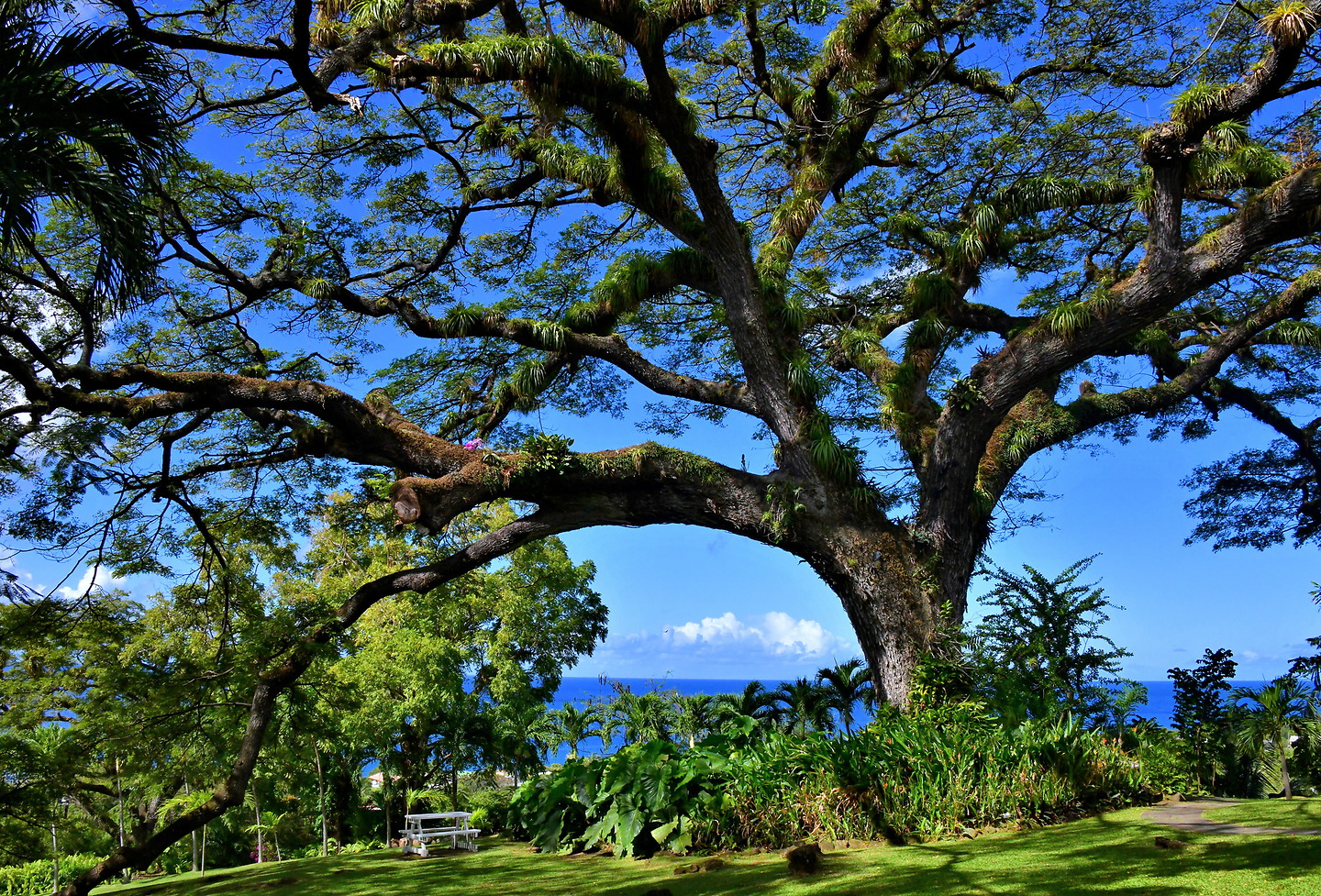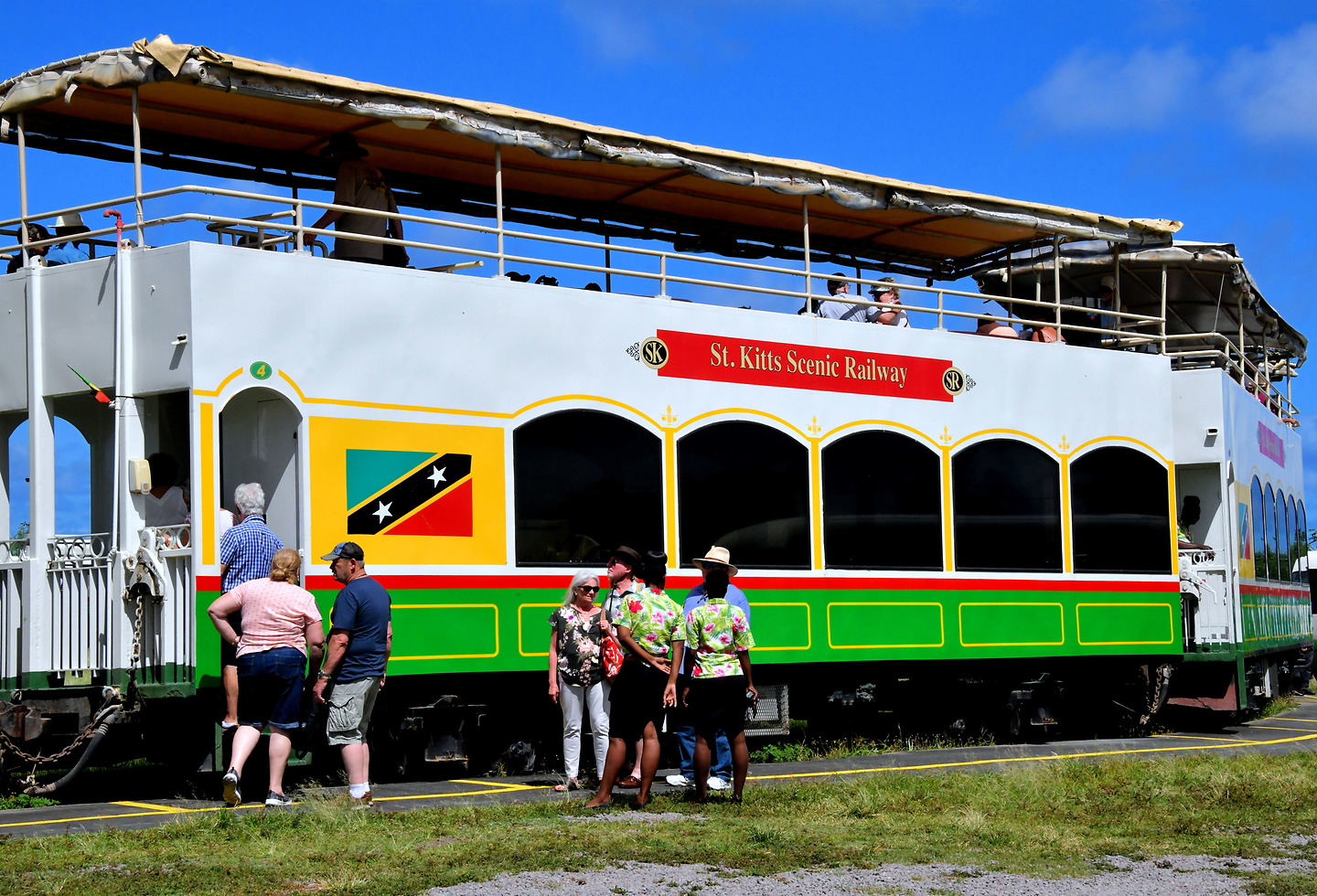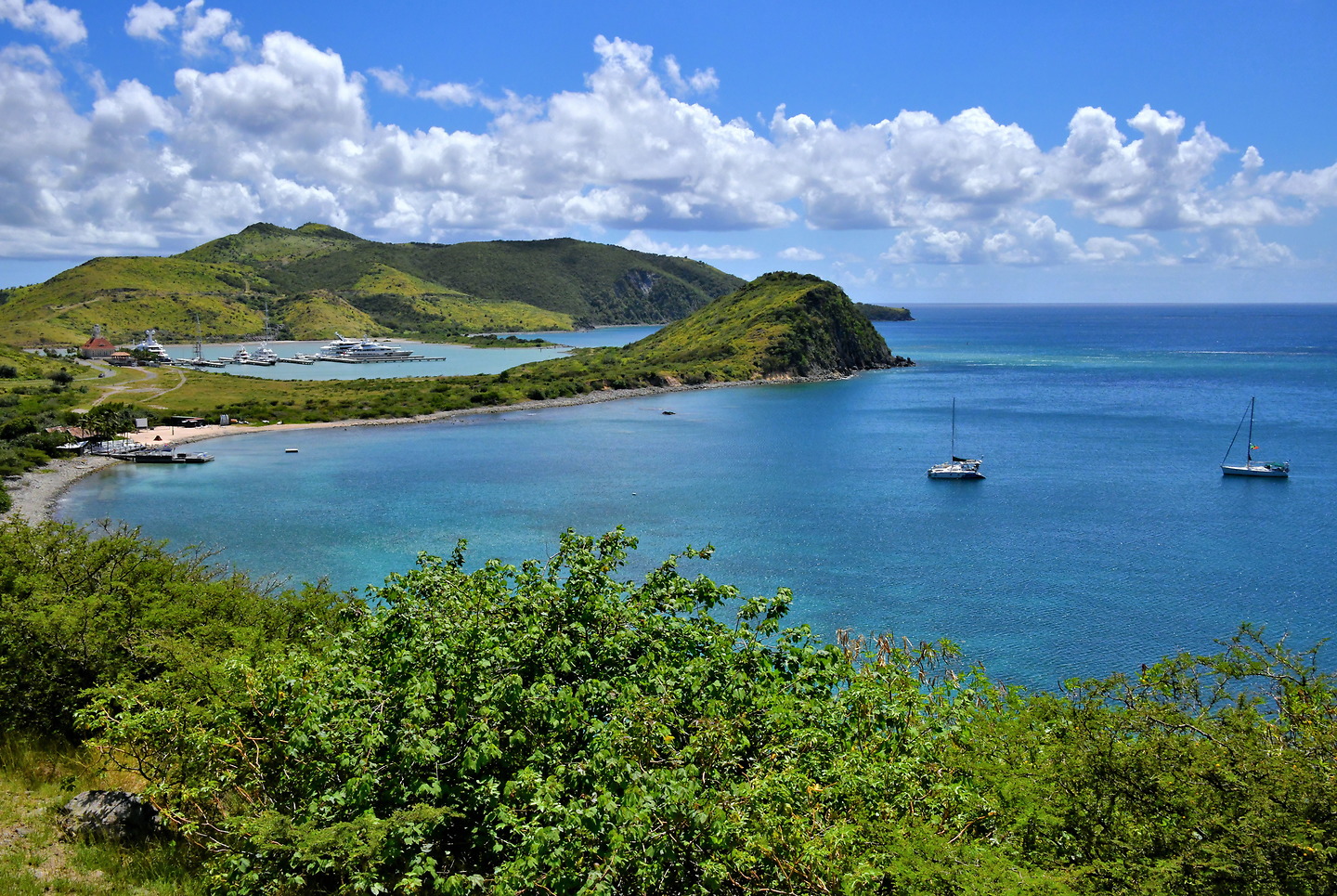Saint Kitts is part of the smallest sovereign state in the Western Hemisphere. The tropical island offers gorgeous coasts along the Atlantic Ocean and Caribbean Sea, historic sites, open-air shopping and sun-kissed beaches. Whether you visit Saint Kitts for the day or a week, it is bound to become one of your favorite getaways in the Caribbean.



































